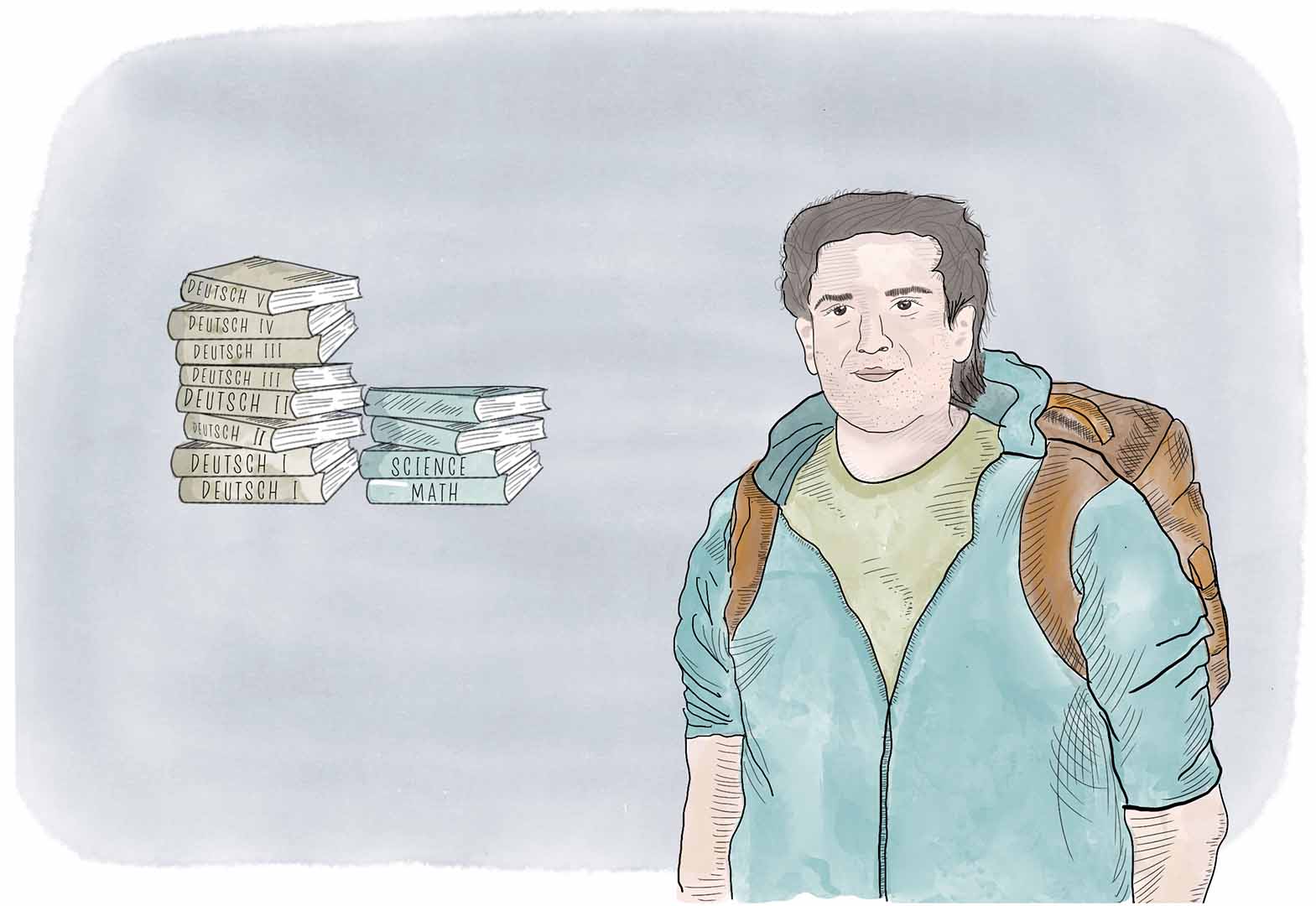Migration
An in-depth collection of global reporting on refugees, asylum seekers, migrants, and internally displaced people.
More people are on the move than at any time for several decades, many of them fleeing conflict or the effects of climate change. The New Humanitarian tells their stories and documents the world’s changing responses to migration and refugees.
Our migration reporting has documented everything from the evolution of the Rohingya refugee crisis in Bangladesh to how corruption harms refugees in Sudan and Uganda. We have reported on the growing role of local aid workers and the troubling trend of criminalising migrant assistance. We are on the ground covering the latest trends, including the exodus from Venezuela and climate-related displacement in Afghanistan.
EXPLORE OUR MIGRATION COVERAGE
All of our migration reporting is collected under five topics. Jump to all our latest migration coverage here, or click on the links below to find in-depth coverage of:
At a glance: Migration trends
A majority of refugees have fled a handful of home countries.
While migration is a part of life for people the world over, more than two thirds of the world’s refugees come from just five countries afflicted by war, ethnic persecution, and the collapse of governing institutions: Syria, Afghanistan, South Sudan, Myanmar, and Somalia.
Most refugees stay close to home.
Most refugees never go further than the country next door. Nearly four in five refugees live in neighbouring countries. The vast majority live in developing nations in the Global South that struggle to provide basic services.
The internally displaced are frequently overlooked.
Twice as many people are displaced within their own countries as there are refugees who flee across international borders. The internally displaced often remain invisible and struggle to access the same aid and protections.
More people remain uprooted for at least five years.
A growing number of people are forced from their home country for a “protracted” period of five years or longer, including millions of Afghans whose refugee crisis has lasted for four decades.
Global warming is spurring displacement.
Climate change is expected to displace tens of millions of people within their own countries in the next three decades, according to the World Bank.
Already dangerous journeys are riskier for women and girls.
Women and girls often face greater risks whilst on the move, including from sexual and gender-based violence. Whilst there is growing awareness of SGBV, the response remains underfunded.
Migration by the numbers
71 million
Nearly 71 million people are currently displaced.
26 million
Almost 26 million of them are refugees who fled to another country.
Half
About half of the world’s refugees are children under the age of 18 years old.
60%
More than 60 percent of refugees live in cities. Less than one third live in camps.
3.5%
Some 3.5 percent of the world’s population are international migrants.
Migration and displacement are not just about numbers. They also reflect the changing nature of humanitarian crises. Wars are becoming more complex and internationalised and thus harder to end. Countries with fragile governments, economies, and geographies ricochet from one crisis to the next. As more people are displaced, and for longer periods, aid budgets cannot keep up.
The solutions must be political as well as financial. The international frameworks that were established in response to the mass displacements around World War II urgently need updating to cope with the realities of migration today. But a political backlash against migration has spooked would-be reformers. As anti-immigration populists dominate the headlines, mainstream parties emulate their approach to migration, hoping to curb these parties’ rise. Holding onto World War II-era refugee protections and humane migration policies now seems like an achievement in itself.
The humanitarian sector has also struggled to implement long overdue reforms that would make aid more sustainable at a time when needs are far outstripping budgets. International aid organisations have pledged to shift more funds and power to local groups. The segregation of refugees into camps, unable to work and dependent on aid, is now seen as cruel and wasteful for anything other than a short-term fix to a major exodus. Organisations are increasingly exploring the efficiency of cash aid or are being challenged by the need to protect refugees’ personal data.
In their words
“Every time I close my eyes, I live that nightmare. I can’t forget.”
Jihan, displaced from Sudan; in a shelter in Libya
“We had never seen anything like it. People were almost dancing on their way to the border.”
Dinora Rivera, displaced from Honduras; in Mexico near the US border
“I wish for my mum not to worry anymore, and for my dad, to see him go out and have a walk.”
Merveille, born in Cameroon to refugee parents from the Central African Republic
“My secret has already become part of me.”
Mariam Sesay, on the stigmatisation she feels on returning home to Sierra Leone
“If you can’t fight somebody, you just have to run away.”
Ousmane Koundaba, a farmer whose son was killed by militants in Burkina Faso
Meet the journalists
TNH journalists report on the ground from the world’s most critical displacement crises. Watch Verena Hölzl and Susan Schulman explain what drives their work and some of the challenges they faced in covering the Rohingya exodus, and migrant returnees in Sierra Leone:
Go to our five topic pages:
Conflicts, crises, and long-term trends that drive migration and displacement.
How stricter border policies push people to take new – often riskier – routes.
Changing policies on migration, including the rise of anti-immigration politics.
Challenges in providing aid as people spend longer and longer in exile.
What happens when people return to their homelands and try to reintegrate.















